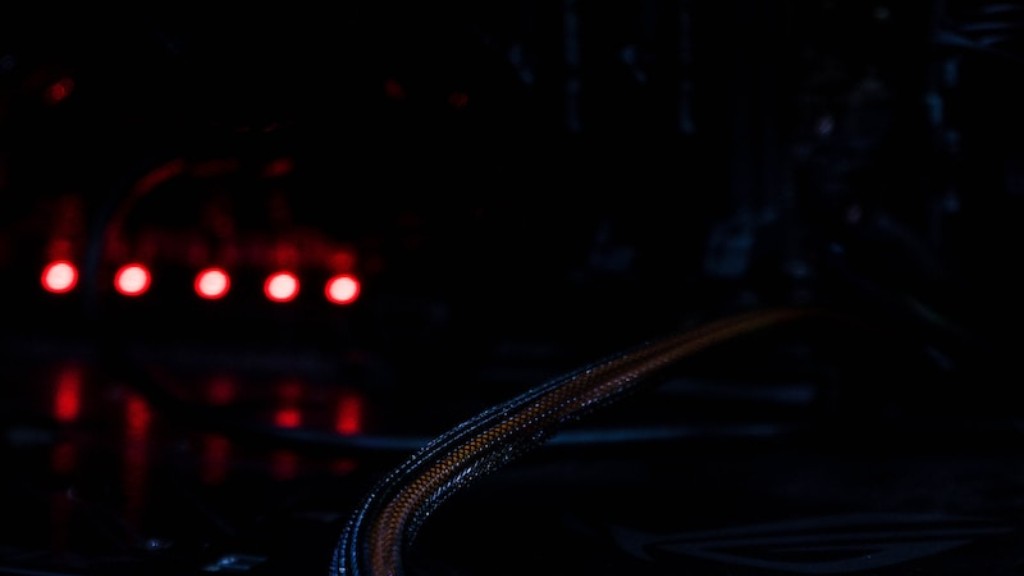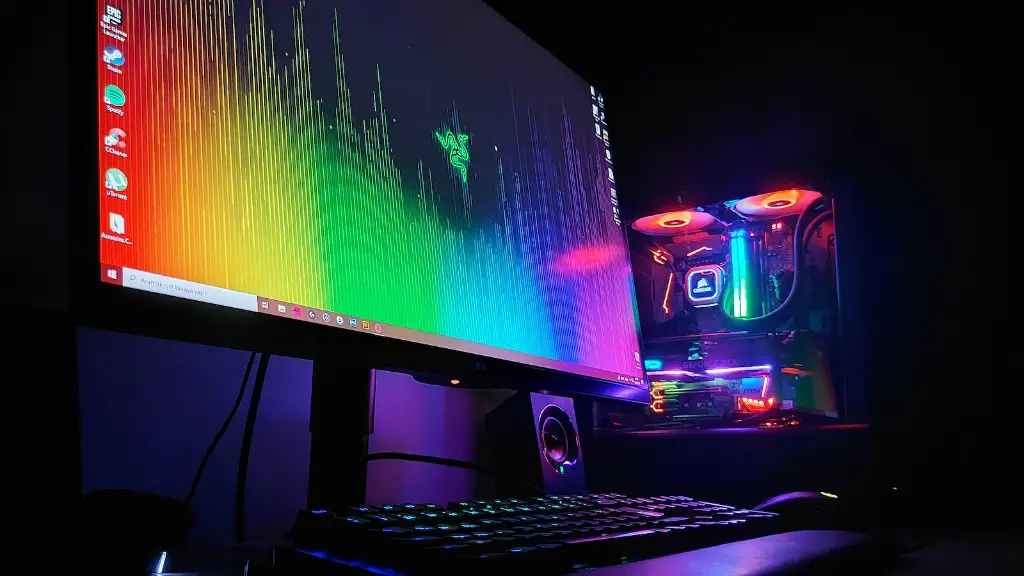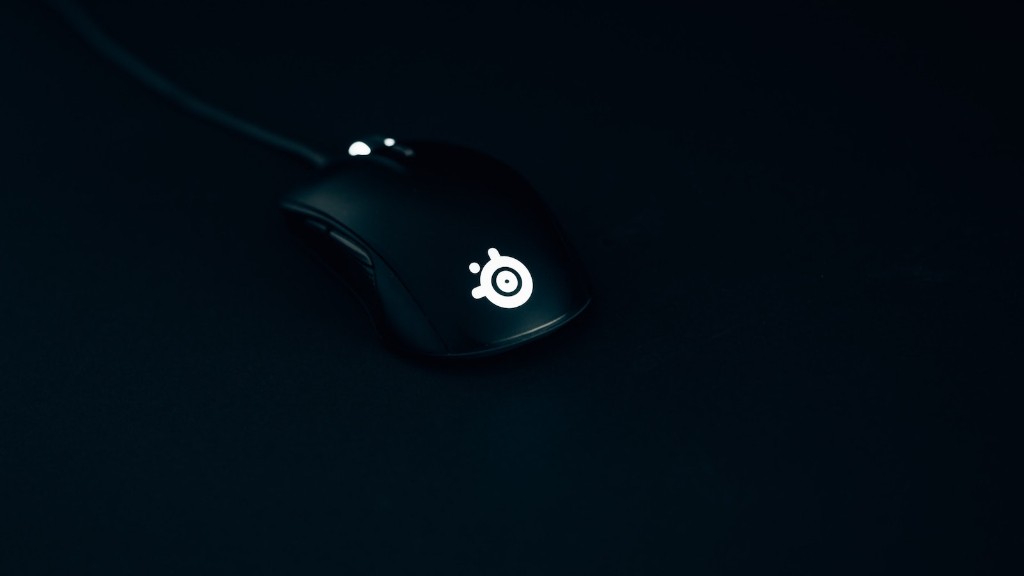An effective way to build a gaming PC requires some knowledge and understanding of computer components. It’s essential to pick the right components to build a gaming computer. For starters, you need a case and a power supply, a motherboard, a CPU, RAM, a video card, a storage device, and an operating system. While selecting components, understand that your choices for the type of cooling system and other peripherals will play a role in determining the success of the build.
When you are ready to purchase your parts, the most advisable practice is to buy them from a reputable online store that offers discounted prices and has a good return policy. Research each part to understand what it does and double-check compatibility between each component you plan to buy to ensure that everything works correctly.
The first crucial step in building a gaming PC is to choose a case and power supply. Choose a mid-tower case if you would like to optimize space. Power supplies vary in wattage and you should select a wattage based on your components.
A motherboard is the next part to choose for your gaming PC and should suit the type of CPU you select. Check the processor socket and memory capabilities of the motherboard. A basic motherboard should suffice.
Processors are important for gaming PCs, so it’s necessary to get a processor with at least two cores and four threads, and the more cores, the better. In terms of RAM, you’ll want 8 GB to 16 GB, depending on the type of game.
For your gaming PC, pick a GPU that will give you enough power to run most games without a problem. A hard drive with 512 GB to 1 TB of storage provides enough space, and an SSD is recommended for faster boot times and loading times, but this is not necessary.
Finally, you’ll need an operating system. For gaming, Windows 10 is the best choice. Once these components have been selected and purchased, you can begin the PC building process.
Assemble Your Components
The assembly process for a gaming PC consists of inserting the CPU and RAM into the motherboard, plugging the case’s power supply into the motherboard, installing the hard drive into the case, and connecting all of the peripherals, such as the video card, CD drive, USB ports, and sound card. It’s best to follow the instructions in the manual for a successful build.
After you’ve installed all of the components, the final step is to make sure the power is connected properly, starting with the power switch, and ensuring the 4-pin power cable is connected to the motherboard. This can vary depending on your motherboard and power supply.
To check the functionality of your components, you can plug in your keyboard and mouse into the corresponding ports and turn on the power. If the system boots up correctly, you now have a functional gaming PC.
This is only a basic introduction to starting a gaming PC build and a lot of things are involved in making the PC work properly. If you are unfamiliar with the components and not sure about their setup and installation, you should research and ask for help from someone that’s experienced with building a PC before attempting to build your own.
Test Your Gaming PC
The next step is to make sure that whatever you planned to build works correctly and that the components are properly installed. Install an operating system, up-to-date device drivers, and any other software that you need for your PC, such as an anti-virus. Make sure certain settings are configured such as disabling Windows protections and other settings that can disable programs via the Task Manager.
Test out the performance of the PC with games that you own. This can help you determine the performance of the components you’ve selected. If games don’t run as expected, go back and make sure that the specs you bought are correct and install the correct drivers. Most likely, the problem will resolve itself if you double-check the settings.
If you want to record your gameplays and stream them, you are going to need a recording and streaming device. The USB-based Elgato Game Capture HD is a good option. You can also use a console-specific device or an internet service that provides streaming and recording options.
Once the PC is stable and running, you can start customizing the PC and make it your own. You can install different programs, skins, themes and much more, to help you personalize your gaming experience.
Upgrade Your Gaming PC
When it comes to improving your gaming experience, upgrading is the best way to do it. One of the first components to improve is the GPU. Upgrading your graphics card can reduce stuttering, increase FPS, and give games better textures and visuals.
The next upgrade option is adding more RAM to your gaming PC. More RAM allows more information to be stored at once so the game runs more smoothly and your computer doesn’t run out of memory. When shopping for additional RAM, make sure you buy the right type and stick to the same brand.
A CPU-paste is also a great way to upgrade your gaming PC. GPU and CPU paste helps dissipate heat and keep the temperature of the PC in check. This helps your components run longer and more efficiently.
Adding liquid cooling is another way to upgrade the temperature for your PC’s parts. Liquid-cooling is a great way to keep your PC running smoothly and to increase its lifespan. In some cases, liquid-cooling can also result in a performance boost.
Adding a power supply kit can help increase the efficiency of the system by providing enough power to the components. A more powerful PSU can also help reduce noise, as they generally run quieter.
Upgrading your CPU is another option to improve gaming performance, but this can come with a hefty price tag. The higher the core count and clock speed, the better the performance, but the cost of high-end CPUs can be off-putting.
Improve Performance with Overclocking
Overclocking is a method to boost the performance of your gaming PC by making the CPU and GPU run faster than the normal settings. This can be done by tweaking the settings of the components and increase their clock rate. Be aware that overclocking can damage the components if not done correctly.
If you want to risk it, the primary benefit of overclocking is that it’s a relatively inexpensive way to improve performance. However, getting a higher degree of performance with overclocking comes with risks.
Running intensive applications or games can lead to overheating, which can be dangerous. Overheating can cause component damage or instability in the system. When overclocking, the best approach is to test the components slowly to avoid any sudden temperature issues.
Overclocking can be done through BIOS or software. It’s best to start small and increase the clock rate by small amounts over time, making sure you keep an eye on the temperatures of the hardware.
Optimize Windows for Gaming
Finally, you can further optimize your PC for gaming by taking advantage of Windows performance options. Windows 10 offers a few options that allow you to increase the performance of your PC by optimizing the menus and disabling unnecessary programs and services.
If you use an SSD, set it as the primary drive or enable “superfetch” to keep your system running smoothly. You can also disable background programs and unnecessary services that are not used by games.
The game-mode feature offered by Windows can also boost the performance of your PC while gaming. This feature is designed to dedicate all of your PC’s computing power to games and prevent unrelated processes from running in the background and competing with your game for resources.
One last step is to double check that all drivers are up to date and no malware is running on your system. Viruses and malware can impact your gaming performance, so make sure your PC is virus-free.


